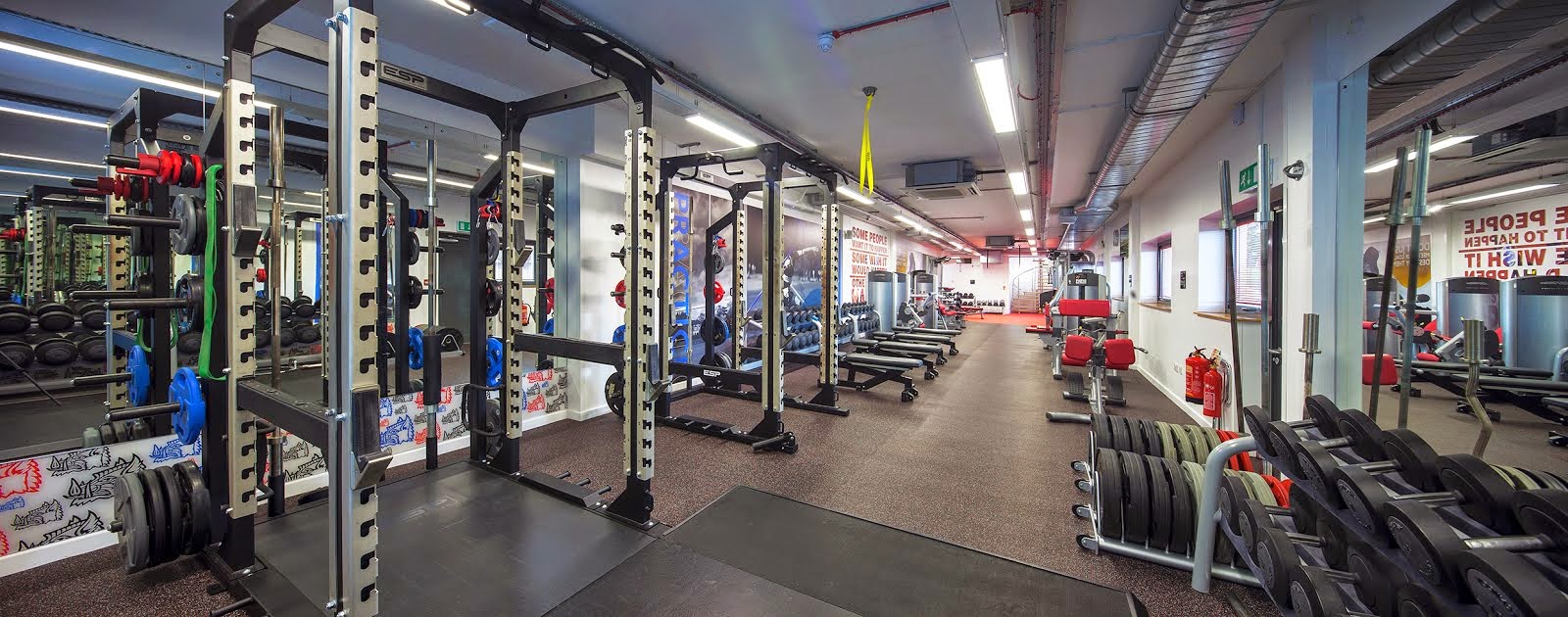- Farmers walks with barrels
- Overhead sandbag carries
- Zercher carries with a heavy stone
- Sled dragging
It doesn't look like much, but walking consistently for a period of time with heavy objects is a very honest workout! If you aren't in shape and if you aren't strong, you soon realise it!
Ever since I have continued to include farmers walks (if not more of the above) into my weekly workouts. These have improved:
- My grip. I never use straps or chalk for any exercises, including deadlifts and heavy rows.
- My posture. When walking with heavy weights, I try and maintain an upright posture. This gets you into good habits on a daily basis when you aren't holding weights!
- A stronger lower back. Walking with resistance, especially with that resistance positioned at the front of your body (Zercher carries), forces your lower back to get stronger to keep you upright.
- More muscle. My back muscles have strengthened and grown.
- Better conditioning. Walking with weights gets you puffing! In response your fitness will improve.
- They are fun! Sometimes doing the same weight training exercises indoors can get a little stale. Getting outside with some weights is a great way to mix up your training.
When should I do them?
For me personally, I add carries at the end of my workouts. But you can do them whenever you like. I currently do this twice a week but you could add a carry into every session if you prefer. Farmers walks are the best ones to start with. They are a very natural movement. Grab a pair of dumbbells or kettlebells, that you can just about carry by your side for 50 metres. Aim to do this 3-5 times with a minutes rest in between.
Be creative
We are lucky here at the sports centre, as the athletics track is just outside the gym. We often send clients or the pupils at the school for a lap of the track with weights in hand! But I've done weighted carries for up to a mile with Kettlebells through woodland. I've carried a heavy medicine ball or stone up and down hills. I even do farmers walks up and down the street. Whatever you choose, hold tight, work hard and feel the benefits!

Zercher Carry - use of an underhand grip.
Oli.






